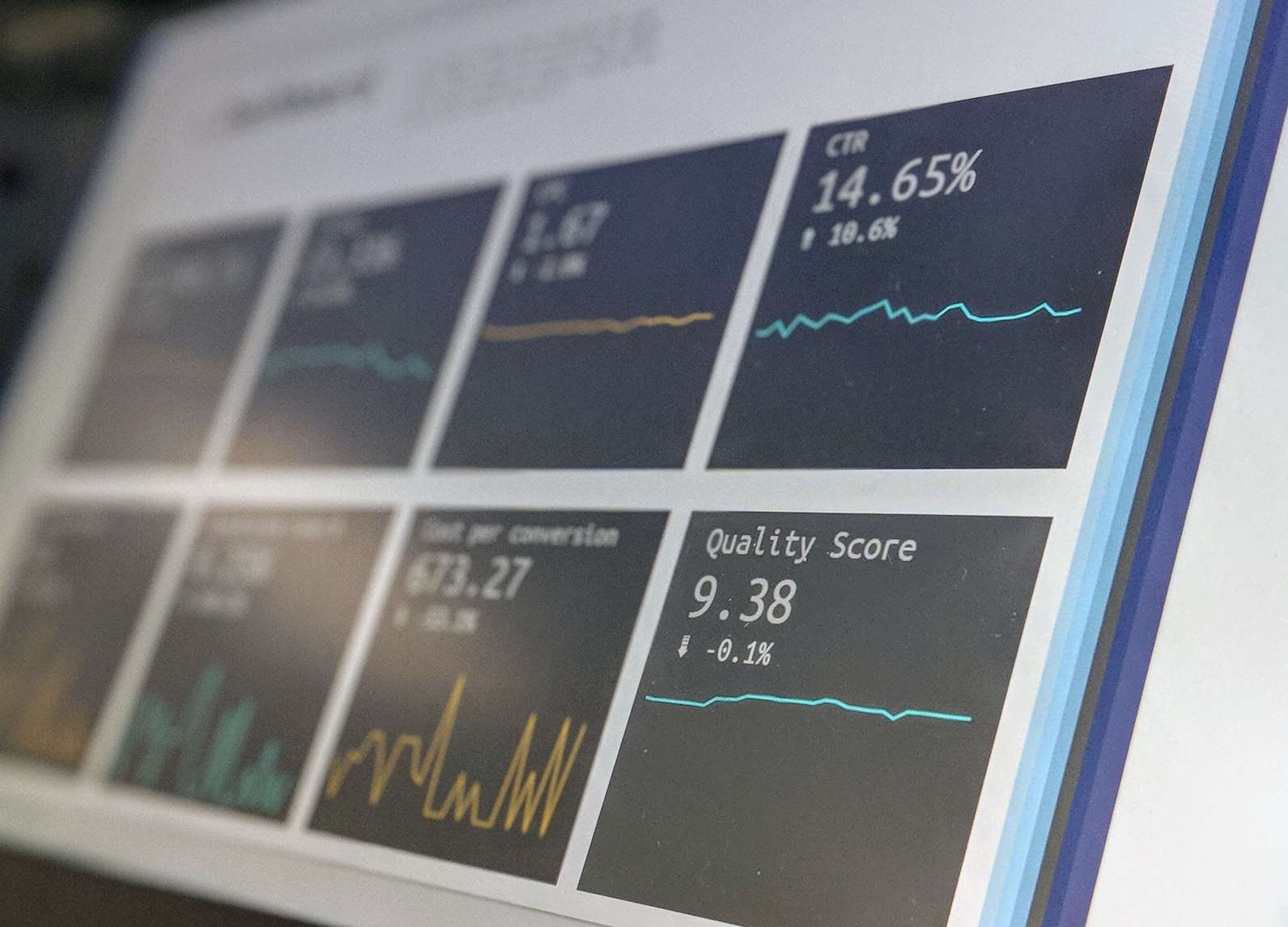Save or Invest: Which One Is Better To Do First?

When it comes to managing finances, one of the most important decisions that individuals have to make is whether to save or invest their money. While saving and investing are both ways to grow wealth, they serve different purposes and involve different levels of risk. In this article, we will explore the differences between saving and investing and help you determine which one is better suited for your financial goals.
What is Saving?
Saving is the process of putting money aside for future use, typically in a bank account or other low-risk investment vehicle. The primary goal of saving is to build an emergency fund or to save up for a specific purchase such as a down payment on a house, a car, or a vacation. There are also several saving methods to try. Now let’s check the pros and cons of saving!
Benefits of Saving
1.Low risk: Savings accounts and other similar vehicles are typically FDIC-insured, which means that the money you save is protected up to a certain limit.
2. Liquidity: Money saved in a bank account is easily accessible, which makes it a great option for emergency funds or short-term financial goals.
3. No fees: Most savings accounts do not charge fees for maintaining the account or making withdrawals, which means that you can save money without worrying about additional costs.
Drawbacks of Saving
1. Low returns: Savings accounts typically offer low-interest rates, which means that the money you save may not grow as quickly as you would like.
2. Inflation risk: Inflation can erode the purchasing power of your savings over time, which means that the money you save today may be worth less in the future.
What is Investing?
Investing involves putting money into an asset with the expectation of generating a return on that investment. The primary goal of investing is to grow wealth over the long term, typically by taking on more risk than saving.
Benefits of Investing
1. Higher returns: Investing in assets such as stocks, bonds, and real estate can potentially generate higher returns than saving, which means that your money can grow more quickly.
2. Diversification: Investing in a variety of assets can help to spread risk and minimize the impact of market fluctuations.
3. Compound interest: Over time, the returns generated by your investments can compound, which means that your money can grow exponentially.
Drawbacks of Investing
1. Higher risk: Investing involves taking on more risk than saving, which means that there is a possibility of losing money.
2. Lack of liquidity: Some investments, such as stocks and bonds, may not be easily liquidated, which means that you may not be able to access your money when you need it.
3. Fees: Many investments charge fees for management and other expenses, which can eat into your returns.
Which One Should You Choose?
The decision to save or invest ultimately depends on your financial goals, risk tolerance, and timeline. If you have short-term financial goals or need to build an emergency fund, saving may be the best option for you. On the other hand, if you have a longer time horizon and are willing to take on more risk, investing may be a better choice. It’s also worth noting that saving and investing are not mutually exclusive. In fact, many financial advisors recommend that individuals have a mix of both in their portfolios. By having a savings account for emergencies and short-term goals and investing in a diversified portfolio for long-term growth, you can build wealth while minimizing risk.
Conclusion
In summary, saving and investing are both important tools for managing your finances. Whether you choose to save, invest, or do both, it’s important to understand the benefits and drawbacks of each option and make an informed decision based on your personal financial situation. If you plan to save more money, you could try budgeting too to achieve what you want.
Make sure to read other business related articles from Vincoguide to be better in managing your finance. We hope this helps, good luck!


